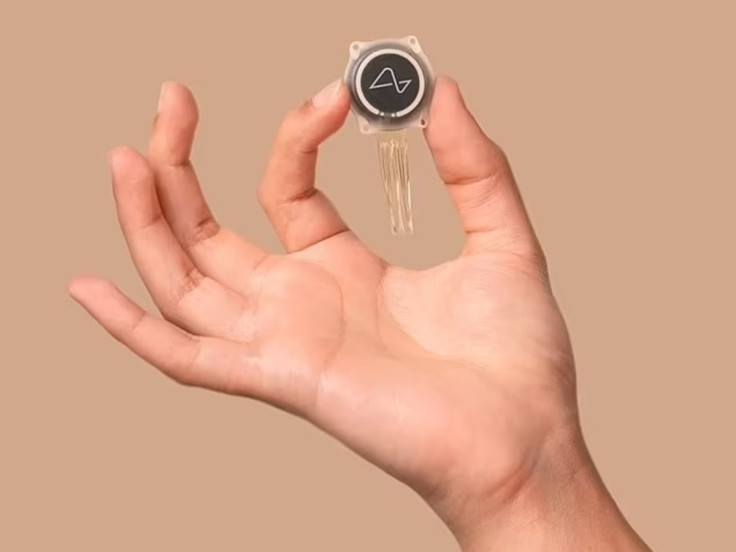
Neuralink's first human implant hit a snag last week, with reports suggesting tiny wires crucial for brain signal detection dislodged. Sources familiar with the matter revealed this issue has been known for years at Elon Musk's company.
Three sources familiar with the testing claim that animal trials conducted before last year's US approval indicated a potential for the implanted wires to retract. This retraction could also dislodge the delicate electrodes responsible for deciphering brain signals.
According to the sources, Neuralink believes the risk of wire retraction to be minimal, ignoring the animal testing findings. They claim the Musk-led neurotechnology company opted against a redesign. Neuralink's brain implant is being tested to give paralysed patients control over digital devices using their thoughts.
This technology holds immense promise for individuals with spinal injuries, as evidenced by the recent success of their first human trial participant, Nolan Arbaugh. This individual, a 29-year-old quadriplegic, reportedly achieved control over video games, including "Mario Kart," using only brain signals.
Balancing Functionality and Safety
Last week, Neuralink acknowledged a setback in their first human trial. The implant's ultra-thin wires, comparable to a human hair in width, shifted out of position within the patient's brain.
This incident led to a reduced number of functioning electrodes crucial for capturing brain signals. These signals are then translated into actions, allowing users to control functions like cursor movement on a computer screen.
How Neuralink Works 🧠
— Learn Something (@cooltechtipz) April 27, 2024
Credit @zackdfilms pic.twitter.com/LtIIpPIVni
Despite confidentiality agreements with Neuralink, one anonymous source revealed that the Food and Drug Administration (FDA) was informed about the potential wire issue during the human trials application process. This information likely came from the animal testing results Neuralink submitted to the FDA.
Benjamin Rapoport, a co-founder of Neuralink, recently departed the company due to disagreements over safety practices. Maintaining patient safety remains a top priority for the FDA.
While declining to comment on specific details of Neuralink's trial, the agency told Reuters that it will continue monitoring all participants enrolled in Neuralink's study.
The Road Ahead for Neuralink
On the other hand, if Neuralink continues trials without fixing the issue of wires pulling out (dislodging), they might face problems. Notably, more wires could malfunction and reduce the implant's effectiveness.
Neuralink's current algorithm adjustments might not be enough to compensate for fewer working electrodes. However, redesigning the tiny threads that interface with the brain is a complex solution, too.
If they choose a redesign that involves anchoring the threads more firmly in the brain, it could lead to dislodging of these anchored threads and cause injury to the brain. Aside from that, taking out the device in the future, if necessary, might become more complex and potentially risky, two of the sources said.
Current and former employees claim Neuralink prioritised easy thread removal for future upgrades. Neuralink implanted its device in the first human patient in January, but a blog update last week revealed that some of the threads retracted from the brain in the following weeks.
Neuralink's update acknowledged some thread malfunction but provided no details on quantity or impact on patient health. The company's blog posts and videos only showcase Arbaugh's progress.
He has achieved impressive feats like playing video games, browsing the internet, and even setting a new thought-controlled cursor speed record.







